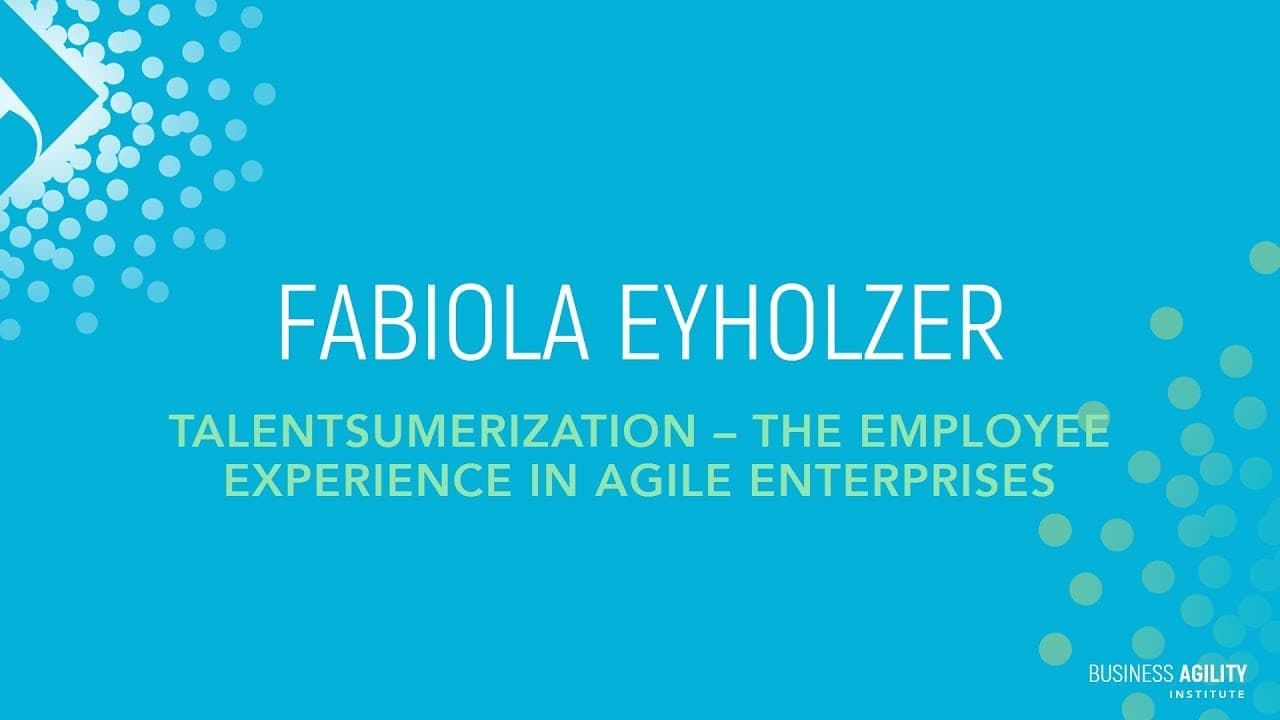88% of employees worldwide are disengaged, disillusioned, and dissatisfied. Yet, they are still showing up to work—at a time when we desperately need intrinsic motivation. But let me put that number into context.
Let’s go back to January 26, 2014. It was a bitterly cold Sunday afternoon in New York, and I was heading to Yankee Stadium. For the first time ever, an NHL game was being played outdoors in the tri-state area. As a Rangers fan, I was thrilled to watch my team, the New York Rangers, host the New Jersey Devils.
The atmosphere was electric—50,000 passionate fans cheering, enjoying every moment. But as I looked around, a realization struck me: by Monday morning, 44% of these same people would go back to work and be miserable.
How can people who show so much passion and energy at a game leave their hearts at home when they go to work? How do we allow that to happen in our organizations? It’s time to bring joy back into the workplace, and it’s time for HR to get back into the human business.
Rehumanizing HR
As Evan mentioned earlier, we must stop referring to people as "resources" and focus on the human aspects of HR. This shift is critical, especially now, as everything about work is changing—how we work, where we work, and our entire understanding of work itself.
At the same time, a different trend is emerging in the consumer world. We, as consumers, have grown accustomed to highly personalized experiences, sometimes referred to as "consumerization" or "the Netflix effect." This expectation is now extending into the workplace. Employees now think of their jobs the way they think of their consumer experiences, leading to the concept of the consumerization of HR or talent optimization.
Essentially, this means creating a social, mobile, and consumer-centric employee experience. It has been called the most defining and disruptive trend in our industry. Unfortunately, our current, industrial-era approach to HR will not get us there. So, what’s the playbook for transforming employee experience?
Designing a Better Employee Experience
To make meaningful change, we must approach employee experience holistically. The way we interact with employees and the immersive experience we create should align with our business values, identity, and purpose.
We must also apply design thinking, which helps us step into the shoes of our employees and truly understand their needs. Too many HR processes today are designed for those administering the services, not for those who actually use them. We need to shift our focus to employees and stop creating policies solely to control outliers.
Instead of designing for the "problematic few," let’s design for the amazing people in our organizations and create inspiring, empowering workplaces.
Defining Cultural Anchors
To truly differentiate a great place to work from just another workplace, we must instill cultural anchors that reflect our organization’s identity. Creating responsive environments where decisions align with company values enables agility while maintaining cultural integrity.
Since this is a business agility event, it goes without saying that we must embrace agility as the new business and leadership model. How can we translate agile values and principles into HR? How do we create interactive, stimulating work environments where people can do their best work?
Gamifying HR
Gamification is another powerful tool. It’s about applying elements such as fun, play, transparency, competition, and engagement to HR processes. This could include:
- Badges, points, and leaderboards in learning and development
- Virtual reality simulations in hiring processes
- Interactive onboarding experiences
When we talk to business leaders, 80% acknowledge the need to create better employee experiences, yet only 20% believe they are doing a good job. Let’s explore how agile organizations are starting to change that.
HR in Agile Organizations
First, let’s address a fundamental change—renaming HR itself. It’s not just about a new name; it’s about a new mindset. We are shifting from Human Resources to People Operations, emphasizing the human element.
But that’s not enough. HR must adopt agile practices—Scrum, Kanban, and iterative value delivery. HR should function as an agile team, continuously improving the employee experience.
Avoiding Hiring Regret
People are never more impressionable than in their first 60 days at a company. HR must not only engage talent during recruitment but also sustain that engagement post-hiring.
Some companies, like KLM, Bosch, and Telekom, use onboarding apps to maintain engagement between offer acceptance and start date, ensuring new hires feel connected before day one.
Learning as a Continuous Process
Agile organizations don’t separate learning from work; it’s embedded in daily activities. Learning is continuous—through FedEx days, hackathons, and peer-led training. Some companies even eliminate training budgets, instead empowering employees to choose their own learning paths.
Empowering Employees
Moving from command-and-control management to an autonomy-driven model means employees take ownership of both their work and their development. Organizations must support employees in shaping their own career paths and personal growth.
Walking the Talk
How many organizations claim that "people are their greatest asset," yet fail to treat them as such?
Take Patagonia as an example. They don’t just talk about activism—they encourage employees to take social justice days to engage in activism. Their actions match their words, reinforcing their company DNA.
Finding Your Own Path
Many agile organizations are revolutionizing HR, but it’s important to remember that best practices are only best somewhere else. Learn from others, but find the path that works for your organization.
The Future of HR
HR has never faced a transformation as massive as the one happening now, but the value of this shift is undeniable. While change is difficult, the impact will be profound.
At the end of the day, people will ask, "What’s in it for me?" The answer is simple:
- For employees: It’s all about creating personalized experiences that inspire and engage.
- For leaders: It’s about moving away from micromanagement and focusing on developing people.
- For HR: It’s about transforming from a service provider to a true business driver.
The Secret to Business Agility
Engaged employees drive successful companies. The key to creating these experiences and fostering engagement lies in HR. This makes HR the secret to business agility.
It’s up to us to change the way we connect with people and bring the human aspect back to HR.
So ask yourself:
- What is your contribution?
- How will you make a difference?
- How will you inspire and engage people?
Because when we win the workplace, we win the marketplace.
And with that—let’s go Rangers! Thank you.



